What is Storytelling?
Storytelling has existed for thousands of years, long before writing and books. Telling a story is different from reading a book. It is a creative, interactive event that makes connections between people of all ages. It is a wonderful way to teach life lessons and learn about each other.
WHY tell Stories?
Storytelling helps children develop all communication skills:
- Listening and understanding
- Imagining events when hearing about them
- Building vocabulary, grammar, pronunciation
- Putting thought into words
- Putting events into order
- Reasoning and problem-solving with language
- Imagining and creating
- Understanding and talking about feelings
WHO can tell stories?
Everyone can be a storyteller! Encourage all family members and friends to tell stories with your child.
WHEN and WHERE to tell stories?
Everywhere, anytime-at the kitchen table, at bedtime, in the car, on the bus, when you are out for a walk, at family gatherings… whenever you are together!
HOW do I tell stories?
Tell stories about your family. It helps children understand where they have come from and who their ancestors are. Ask other family members and friends to share their stories as well. Tell your child a story about your day. Talk about what happened today, and what may happen later. This will help your child learn to talk about the past and the future, using correct grammar and sentence structure.
Incorporate Books
Tell a story first without the book, and then read the book. This helps to link stories with print. You and your child can also re-tell or act out a story from a familiar book. Use toys, old clothes, puppets, or anything you can think of, to help act out the story.
Whenever You Are Telling Stories:
- Make sure that both the story teller and the listener are actively involved
- Use words like first, next/then, finally.
- Ask good questions that include all parts of the story, such as:
- Who was in the story? (Characters)
- Where did it happen? (Setting)
- When did it happen ? (Setting)
- What was the problem? (Problem) (Obstacles)
- What was the plan? (Actions)
- What happened? How was the problem solved? (Solution/Resolution)
- How did the characters feel? (Feelings)
- ·How did the story end? (Solution & Ending)
- Play with language; incorporate rhymes and nonsense words, use words from your culture, try different voices or accents. Encourage your child to help tell the story, especially the repetitive or very familiar parts. Connect things that happen in the story with your family s experiences. Tell stories in the language you are most comfortable speaking. Most of all, have fun together.
Make Up Pretend Stories Together
Take turns adding to the story. Use your imaginations! Record your stories and your child s stories with a recorder so you can listen again and again. You can never tell the same story too many times!
Original hand-out developed by Toronto Catholic District School Board, Parents News, Full Day Senior Kindergarten, Issue No.2, January 2005
Resources

